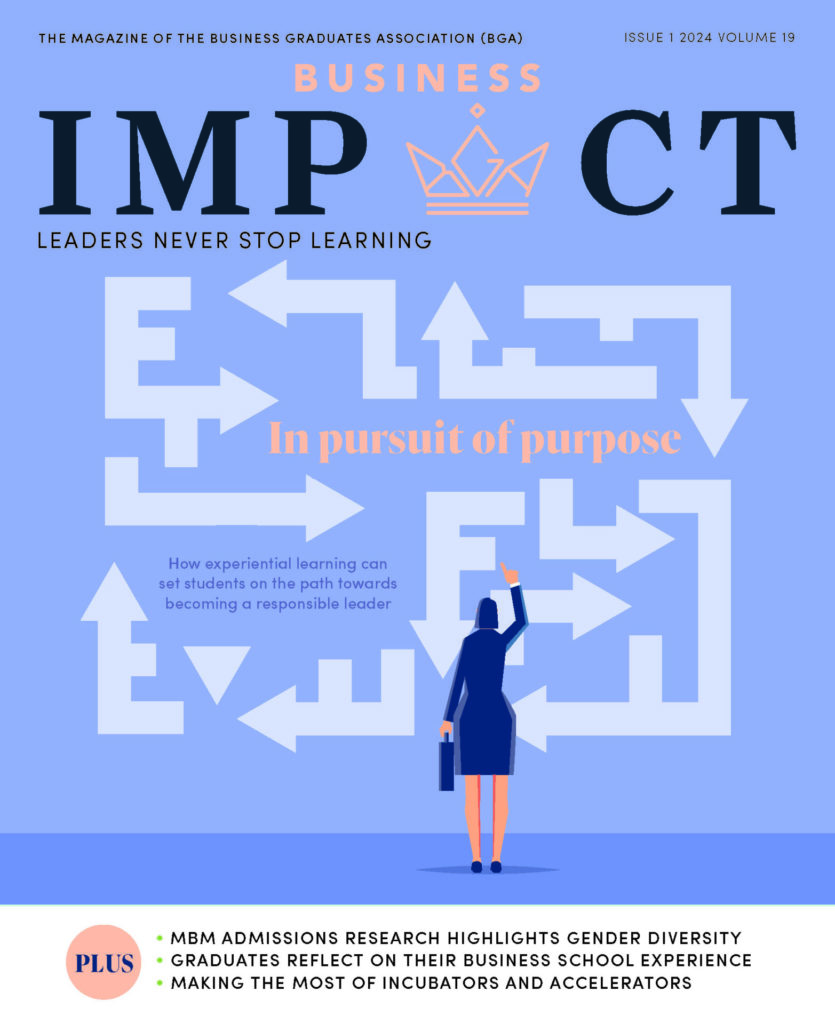You enter a long corridor at work: as you do, someone ‘difficult’ enters at the other end. You walk towards each other knowing you are about to pass close together. What’s going on for you? You wonder how to get past with minimal interaction, how not to engage. Your muscles tense, you have a fixed, unreal smile on your lips; not in your eyes.
Who does the other person see coming towards them? Someone ready for conflict or avoidance: someone closed; someone unwelcoming. They respond in an instinctive fight or flight state. And then you see someone difficult. Confirmation bias at its best… or worst.
Social species
Very few people set out to be difficult or not to get along with others. We’re a social species and historically have needed other people for survival. We may all sometimes be defensive, ready to fight our corner, looking for advantage. But if we are, it is rarely at root personal to an individual because those antagonistic behavioural patterns are more about ourselves and our own vulnerabilities than about the other person. They are more about me than you.
Our thoughts and beliefs, the stories we tell ourselves, underlie and influence our behaviour. We can explore and alter these stories and so in turn alter our behaviour, if we choose to. This is good news, because we are less able to alter other people’s behaviour, even though we would dearly like to do so at times. I am the person over whom I have most control.
Offended aunt
Take Tunde. She finds her line manager grumpy and rude. She tells that story (grumpy and rude) to herself and sometimes to others. She notices all his behaviours which fit that model. She feels cross and judgemental. Then a comment from a colleague makes her pause and consider. She notices that she is behaving like an offended aunt who hasn’t received a proper ‘thank you’ for a present. She suddenly sees herself like a ruffled clucking hen and realises that this is not the person (or animal) that she would really like to be. So, she chooses to give him (and her internal image of him) less mental energy. She takes a very easy approach: talk about the work, it’s not personal. Suddenly she finds it easier to work with him, easier to get on with the work, easier to enjoy what she achieves.
We have a model for exploring what is happening in interactions like this. It’s the ‘Who/How Cone’ described in our 2019 book, How to Work with People… and Enjoy It! The starting point, and apex of the cone, is us and who we are. Then the cone widens to include how we think about ourselves and next, how we show up in the world.
Tunde did her aunt thing, at first unconsciously. Then she noticed how she was showing up. The boss would have seen the aunt effect and reacted. This interaction, how I present to you and how you respond to my perceived behaviour, is the next part of the developing cone. The final part is the outcome of our joint experience of each other. If the boss resented the aunt act the outcome of their work together was likely to be poor, stilted, unnatural and non-creative. Would any of us want that?
The stages of the Who/How Cone are:
- Me, myself
- How I think about myself
- How I show up in the world
- How other people perceive me
- How I use feedback from others to alter my perception of how I show up and our joint experience of each other
We can pause in our daily interactions and scan:
- What’s my thinking and feeling here?
- How may I be presenting as a result of that?
- What will others be seeing?
- What impressions will they take away?
- What different choices can I make to change my interpretations, their interpretations and shared outcomes?
Here’s a four-step plan for when you’re telling yourself someone is difficult:
- Stop that story
- What else is true?
- What are my choices?
- What will I do?
Preventing self-fulfilling prophesies
When we tell ourselves someone is difficult that uses a lot of our mental energy and becomes a self-fulfilling prophesy. So, when Tunde tells herself the boss is rude because he doesn’t greet her in the mornings, doesn’t ask about her and doesn’t praise her work, she’ll find lots of proof of that. Instead, if she tells herself that he doesn’t say much because he is concentrating and is satisfied with her work so has nothing to say about it, her interpretation of his behaviour can change and she can relax. She may then appear more open to comment and she’ll certainly give his silence less mental energy.
If she chooses to explore her own needs, she’ll also notice that she benefits from some constructive comment on her work (often known as praise) and she may consider where else she can get that. Perhaps a colleague will agree to reciprocal work checking.
Asking for changes
If, after taking an alternative view like this and allowing ourselves to choose different thinking patterns, we still rationally find some behaviours difficult to work with, we can choose assertively to ask for changes. People rarely change who they fundamentally are, yet we can all change our behaviours. To ask for changes in other people’s behaviour, you can try following this approach:
- When you… insert specific behaviour
- I feel… own it: it’s your interpretation
- So, in future please would you… insert specific behavioural change
For example:
‘When you leave the office without saying anything, I feel unsure what to prioritise and what to say to anyone who calls. So, in future, please would you let me know when you are leaving and what to share with others?’
The starting point is our self-knowledge and self-respect. Ideally, we can find ways to understand ourselves and be comfortable in our own skin: to be clear about how we may appear to others, and to make choices about our interpretation of the behaviour of colleagues and about how we present ourselves to them.
We are each in control of our own thinking and the stories we tell ourselves: we can all choose our behaviours. And that is powerful news!







